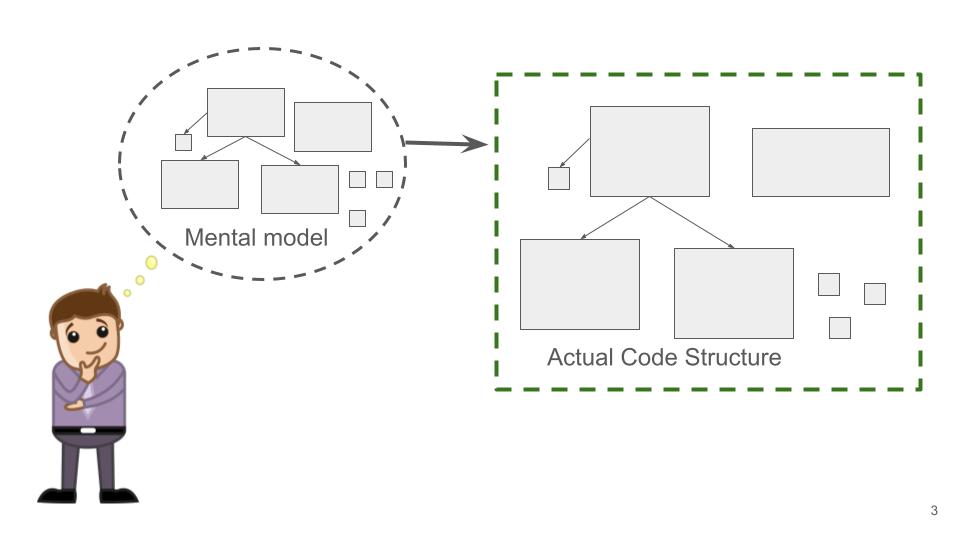(this post is designed to accompany my video "The Skill That Separates Good Developers from GREAT ONES") AI coding agents are rather good at coming up with syntactically valid, working code these days. It also does design, reasoning about how to arrange that code. So...








